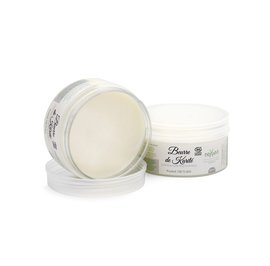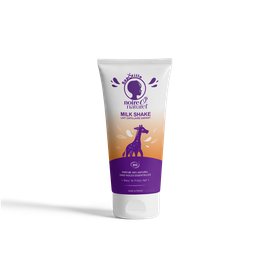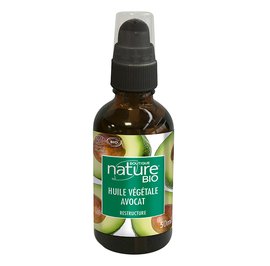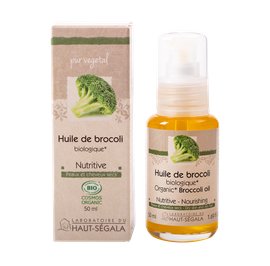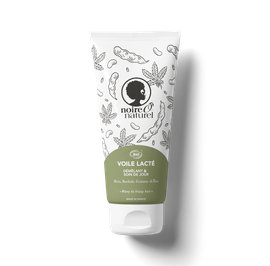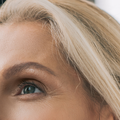Textured hair includes all types of curly, frizzy, kinky, wavy, and coiled hair.
The more tightly curled the hair, the less the sebum produced by the scalp, can travel down to the tips. As a result, textured hair tends to be drier and more fragile than straight hair. Therefore, the key is to keep it well-hydrated… but how does one go about "hydrating" textured hair?
And can organic cosmetics play an important role in textured hair health?
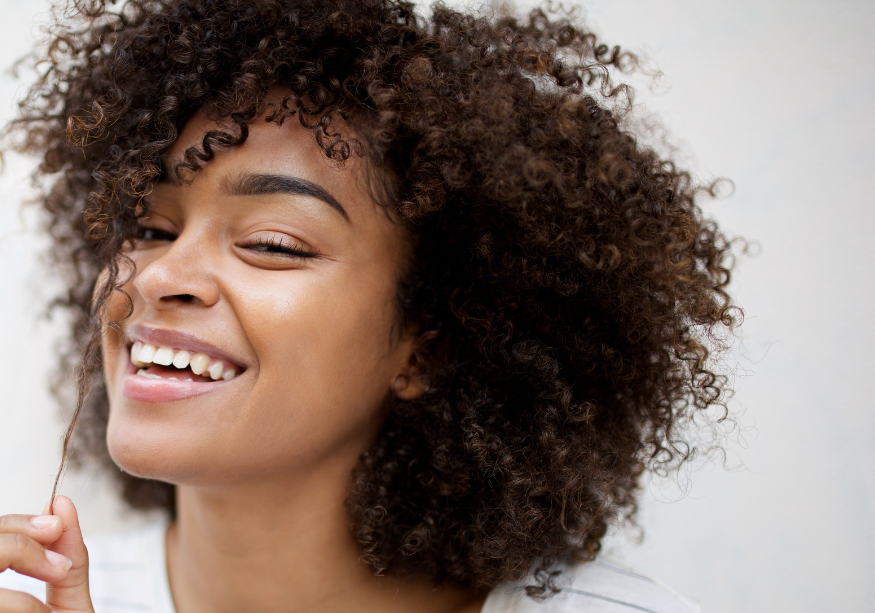
Can You "Hydrate" Hair With Water?
We often associate hair hydration with certain qualities: softness, smoothness, frizz-free, and shine. However, in reality, this has nothing to do with the water we apply.
In fact, healthy hair is naturally hydrophobic! ❌💦 Meaning, hair is a nonpolar substances that doesn't combine well with water molecules.
Hair is composed of a central medulla, a cortex (which contains keratin), and cuticles that cover the entire strand, repelling water to protect its internal structure.
The more damaged the hair, the more it absorbs water, and the less "hydrated" it is. The excessive use of water can lead to hair issues such as brittleness, limpness, dullness, frizz, or dryness. As you can see, hair doesn’t need water to be "hydrated" to be soft, flexible, well-defined, and smooth. But we can keep it moisturized differently!
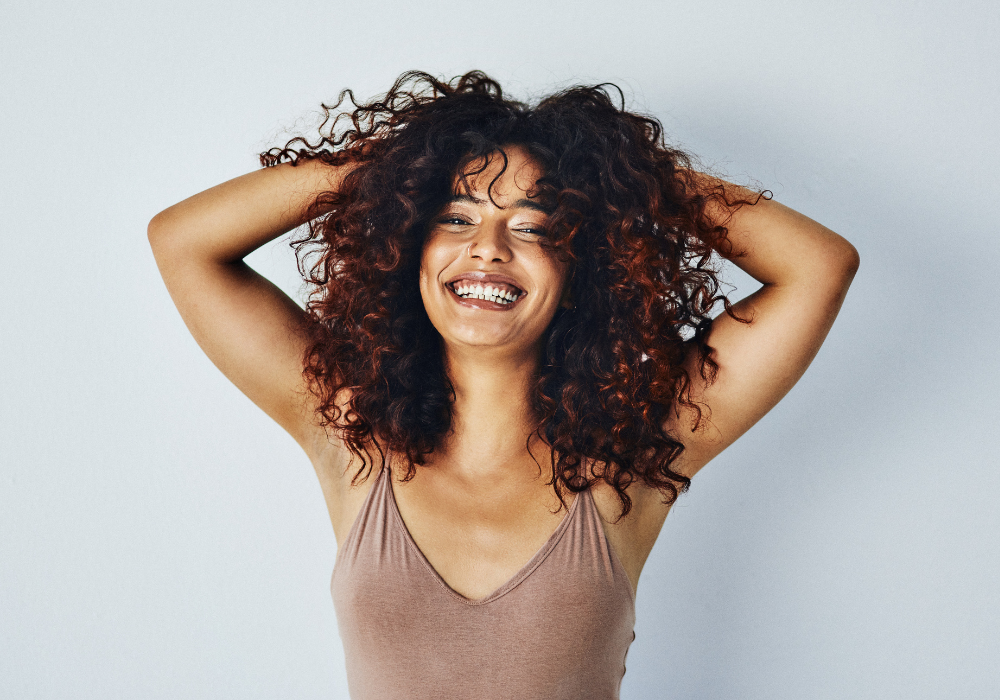
In fact, when you apply only water to your hair, you may have noticed that as it dries, it tends to fluff, frizz, and feel a bit rough. In your hair care routine, water is there simply to wash or to help facilitate the application of your products and manage your hair.
So, how do you truly hydrate textured hair?
Rather than talking about "hydrating," we should rather say that we are "conditioning" hair.
And you can hydrate (condition!) textured hair with organic cosmetics
Cosmetic products are not meant to introduce water into the textured hair follicle but rather aid in making it hydrophobic. The goal is to help prevent damage, particularly from water. Organic cosmetics contain hydrophobic ingredients like plant oils and butters, which create a barrier around the hair fiber to prevent moisture from penetrating and smooth the cuticles by filling in gaps in damaged areas.
In addition to protecting and enhancing your hair, organic cosmetics help prevent further damage. 💪
What Types of Organic Cosmetics are Best for Hydrating (Conditioning!) Textured Hair?
To keep your hair "hydrated," use products that can coat the hair fiber, such as:
- Leave-in treatments: Hydrating hair creams, hair milks 🧴
- Plant oils (broccoli oil, avocado oil, argan oil...) 🥑
- Plant Butters (shea butter, mango butter, etc.) 🥭
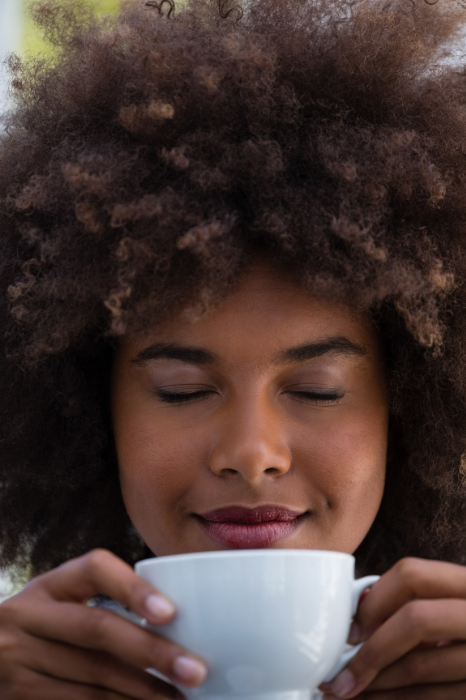
What Routine for Well-"Hydrated" Hair?
Given the delicate nature of textured hair, it's crucial to find the right routine to keep it well-conditioned and protected until your next shampoo. Here are some tips:
- Apply a Conditioner or Mask After Shampooing: Don’t skip this crucial step. It will help to deeply revitalize your hair.
- Use a Hair Milk or Hydrating Cream: Apply a hair milk or hydrating cream to extend the benefits of the conditioner or mask and enhance your hair's overall appearance.
- Add Oils or Butters for Extra Protection: For additional daily protection and softness, consider incorporating oils or butters into your routine.
- Consider Protective Hairstyles: Opt for protective styles (like braids or twists) to help maintain hydration and protect your hair from dryness and breakage.
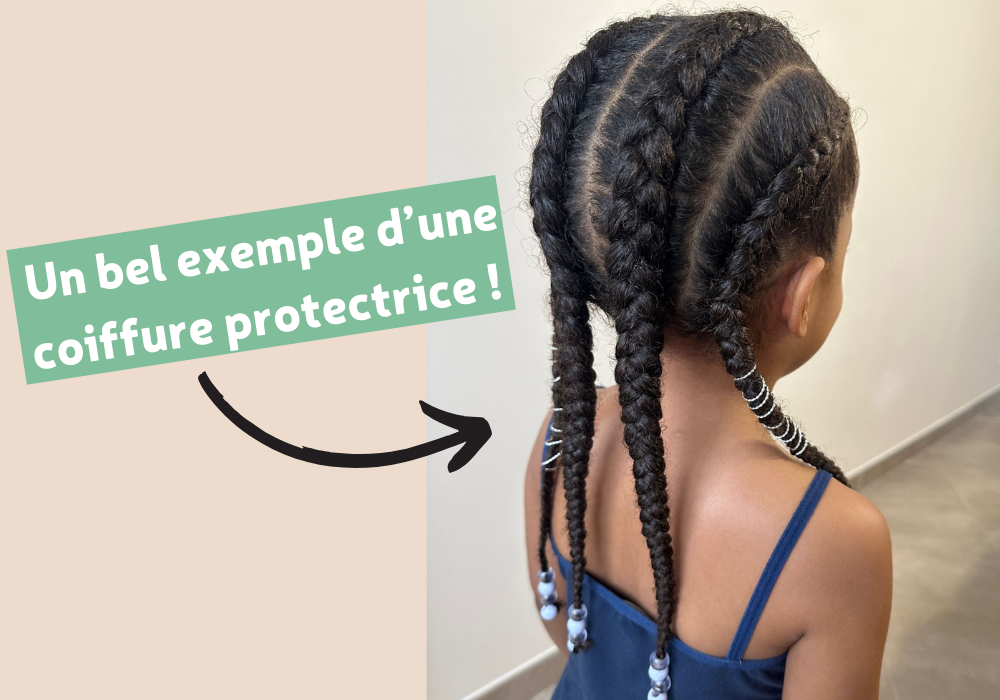
Using products well adapted to your hair type is great, but if they’re Cosmébio-labelled, it’s even better! 💚
Below are some examples of products from our organically certified brands designed to enhance your textured hair.


